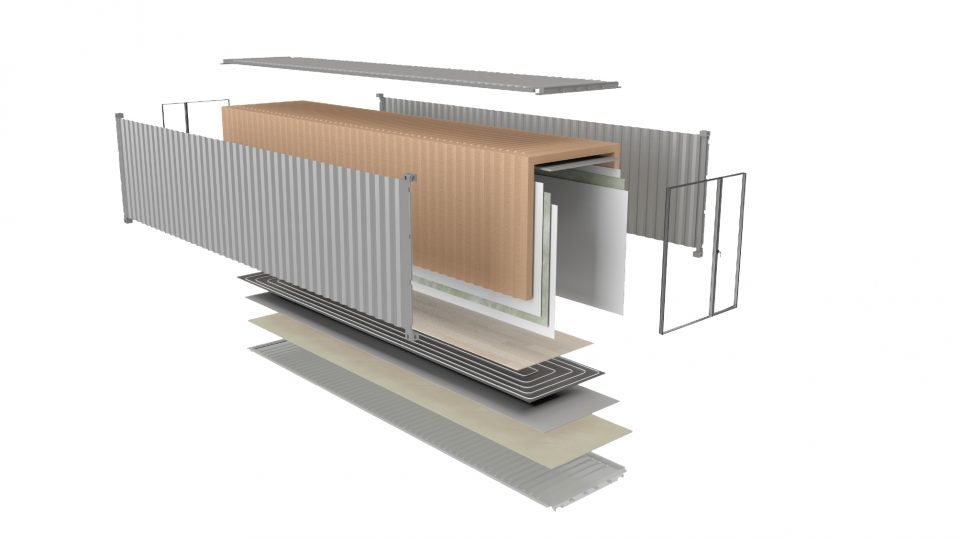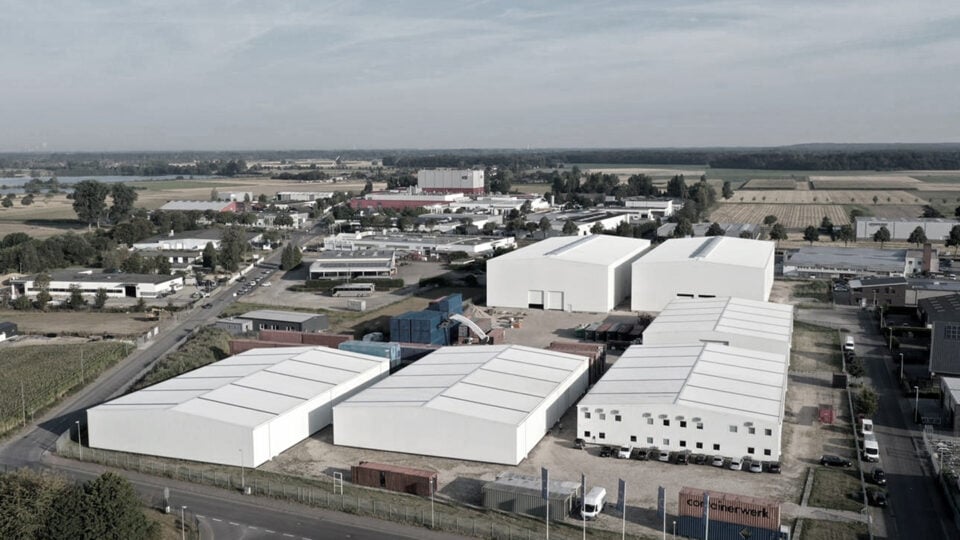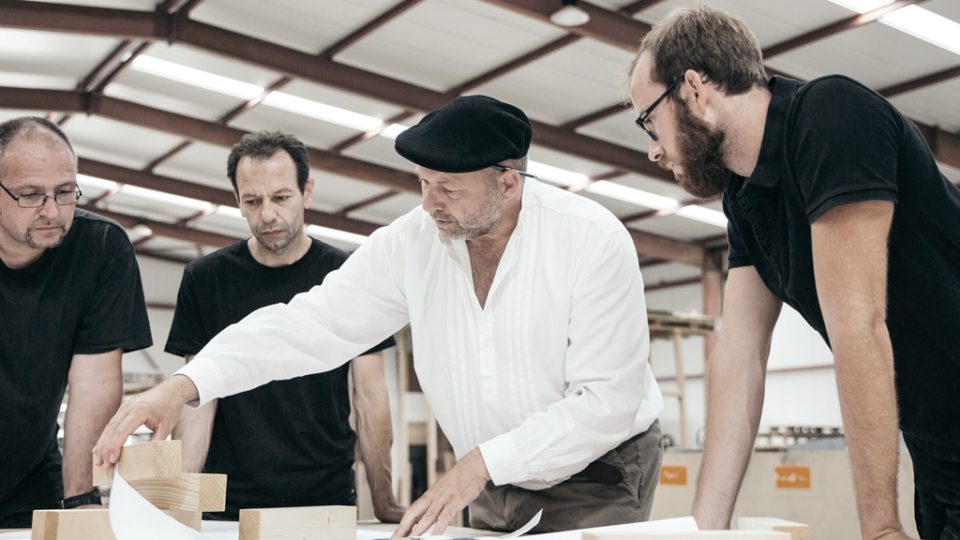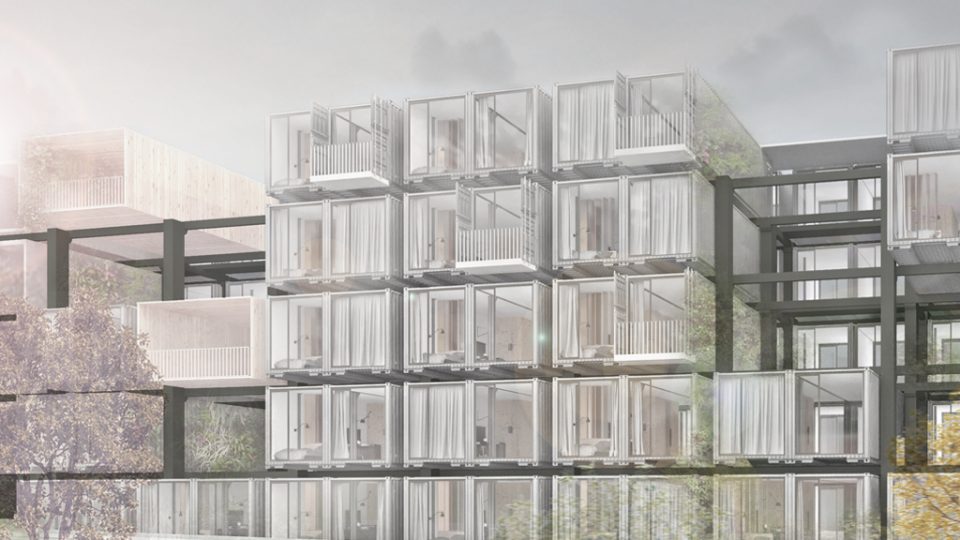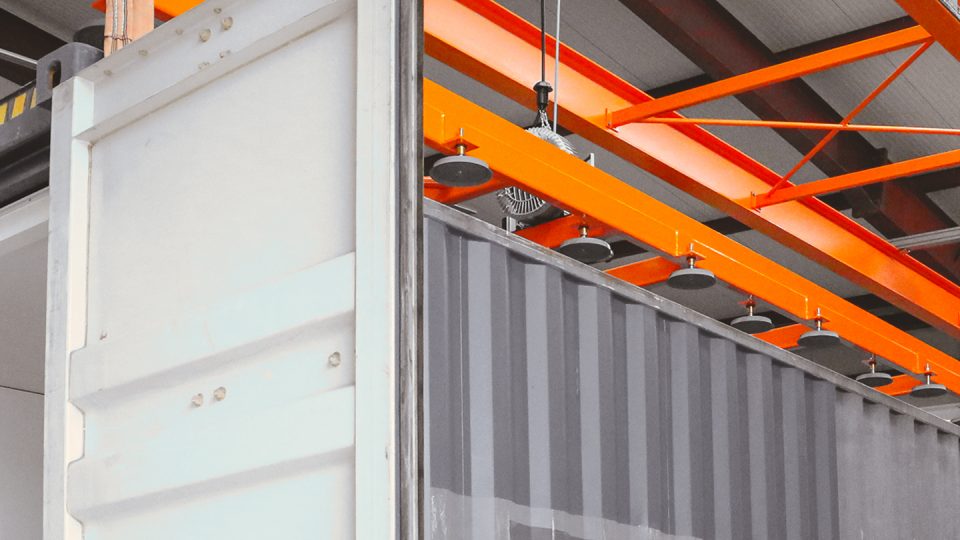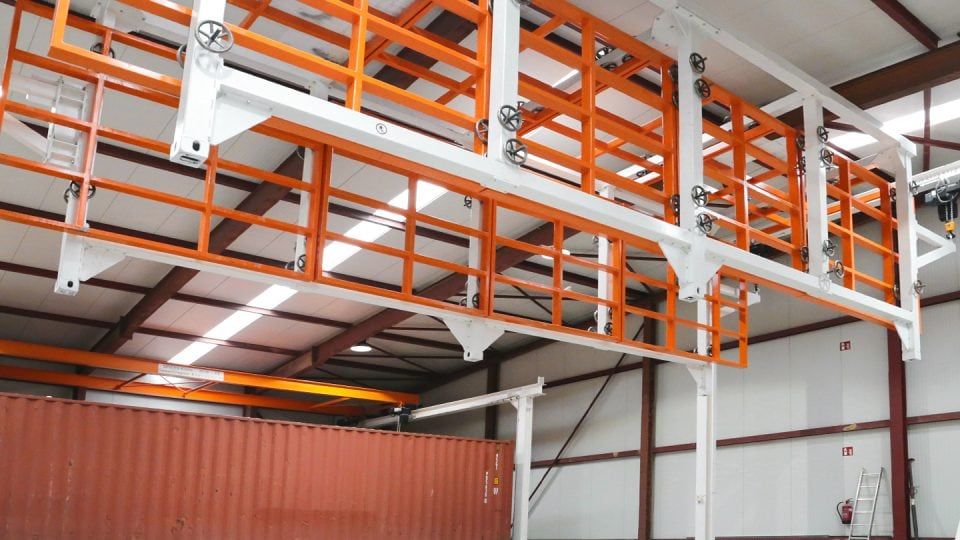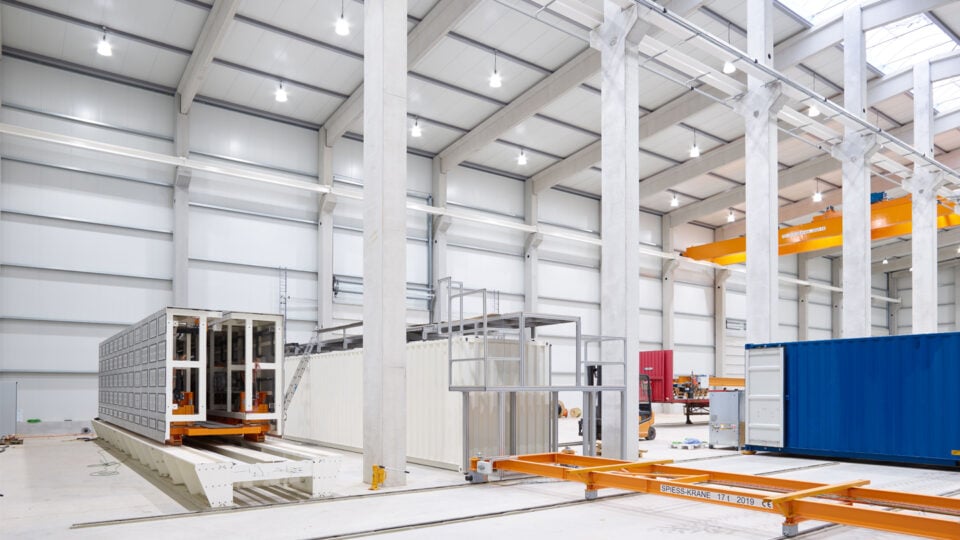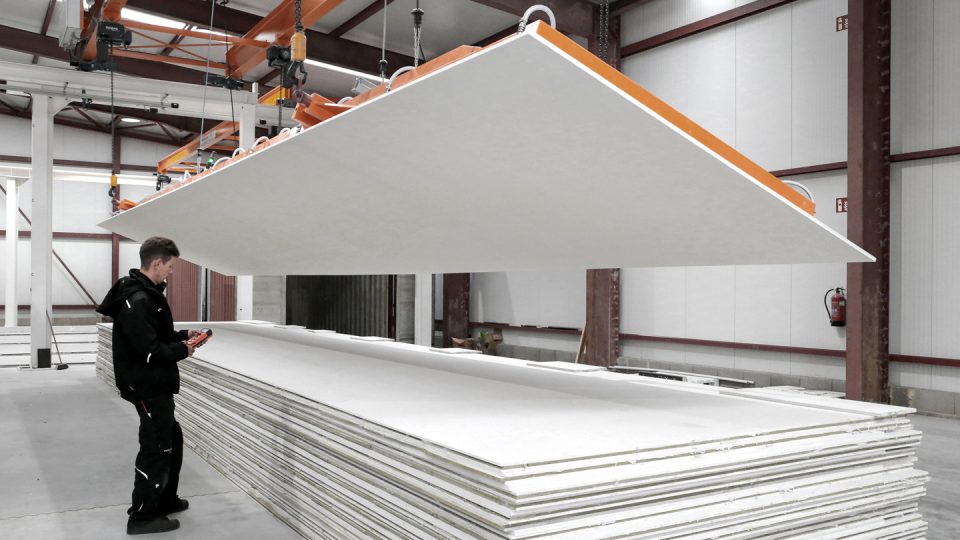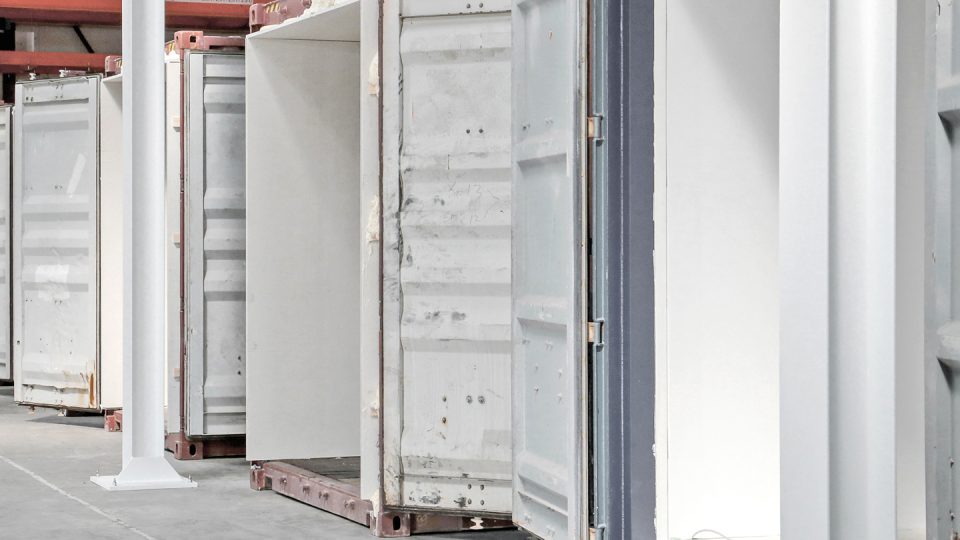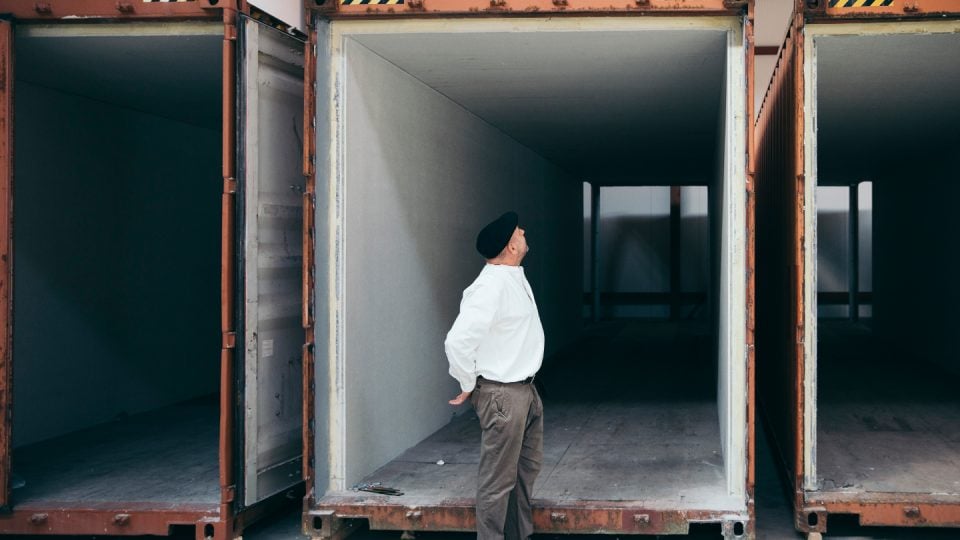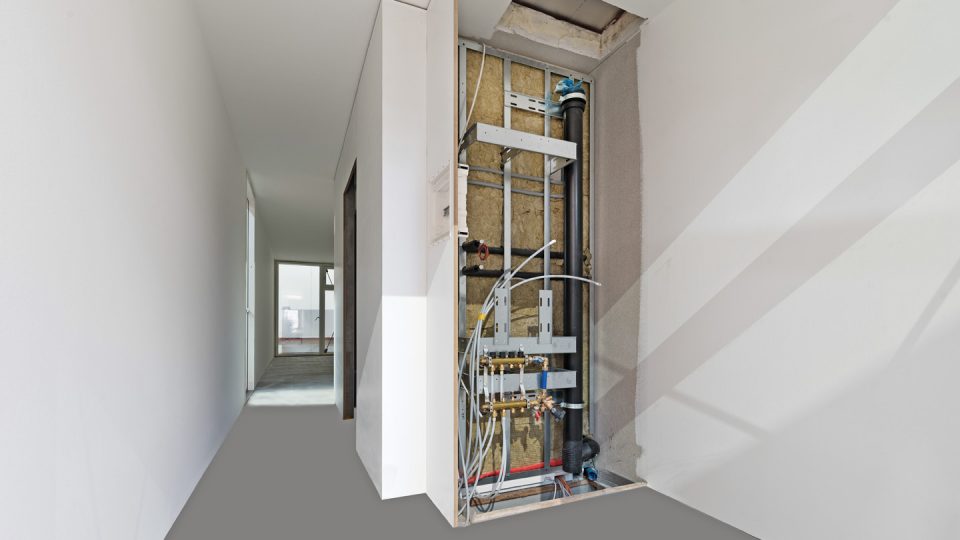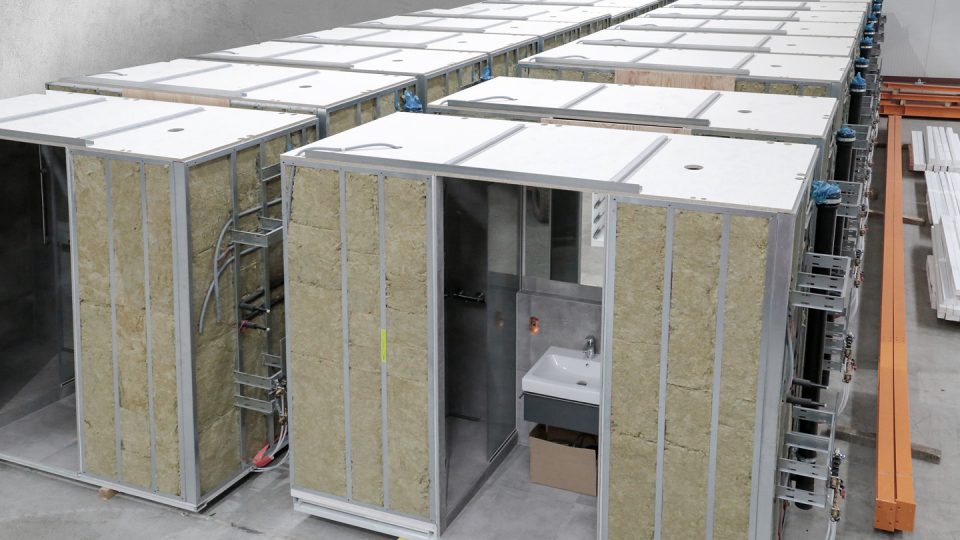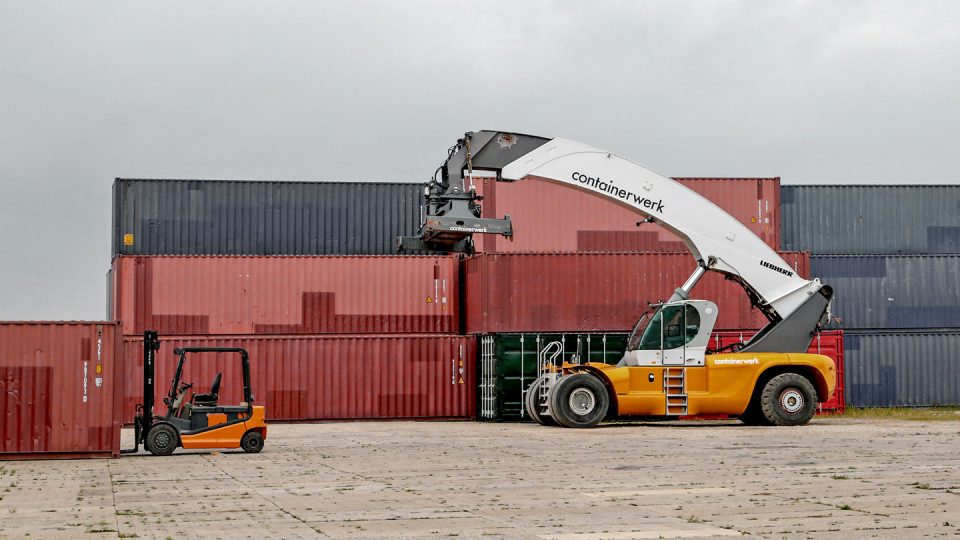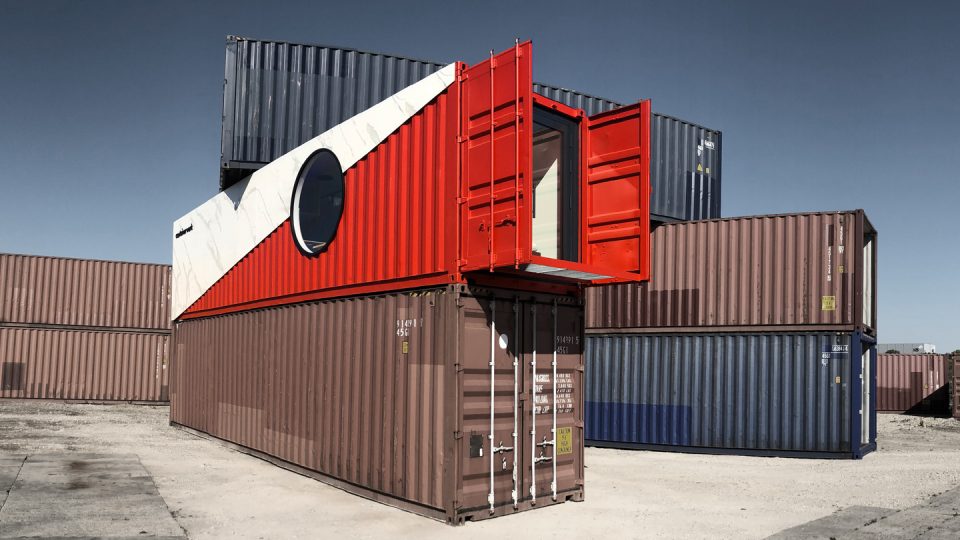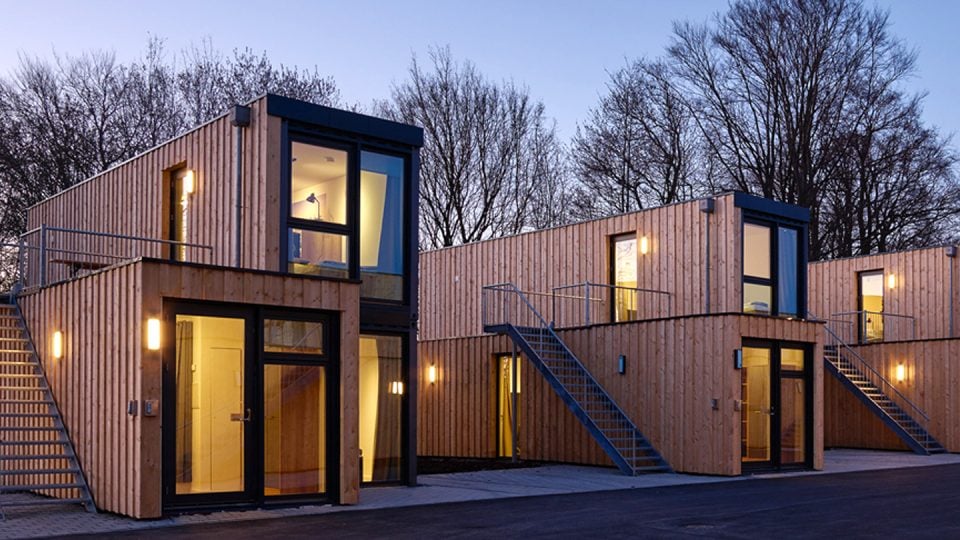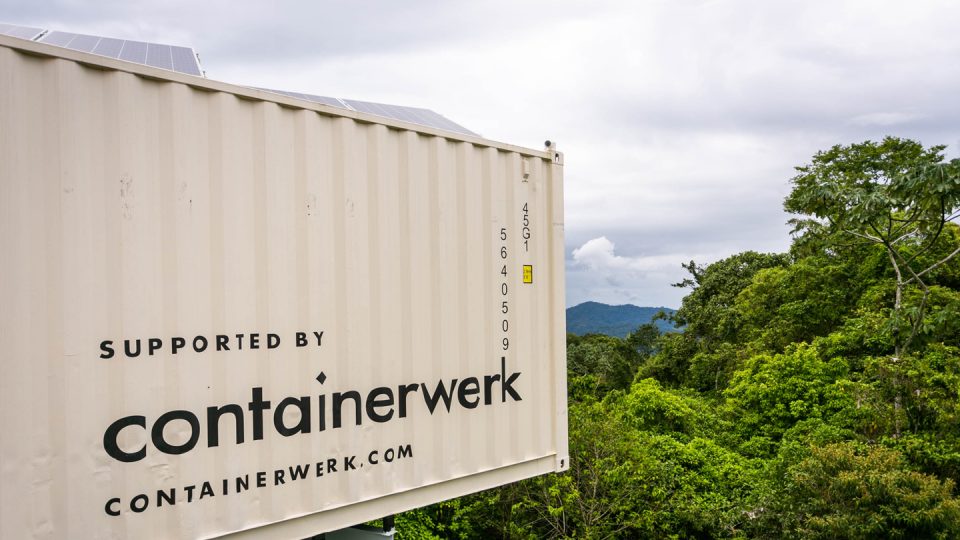Innovation
Being convinced and fascinated by the idea of building with discarded sea freight containers, we initially focused on the component, the “brick” of this architecture.
Our innovation presented in a video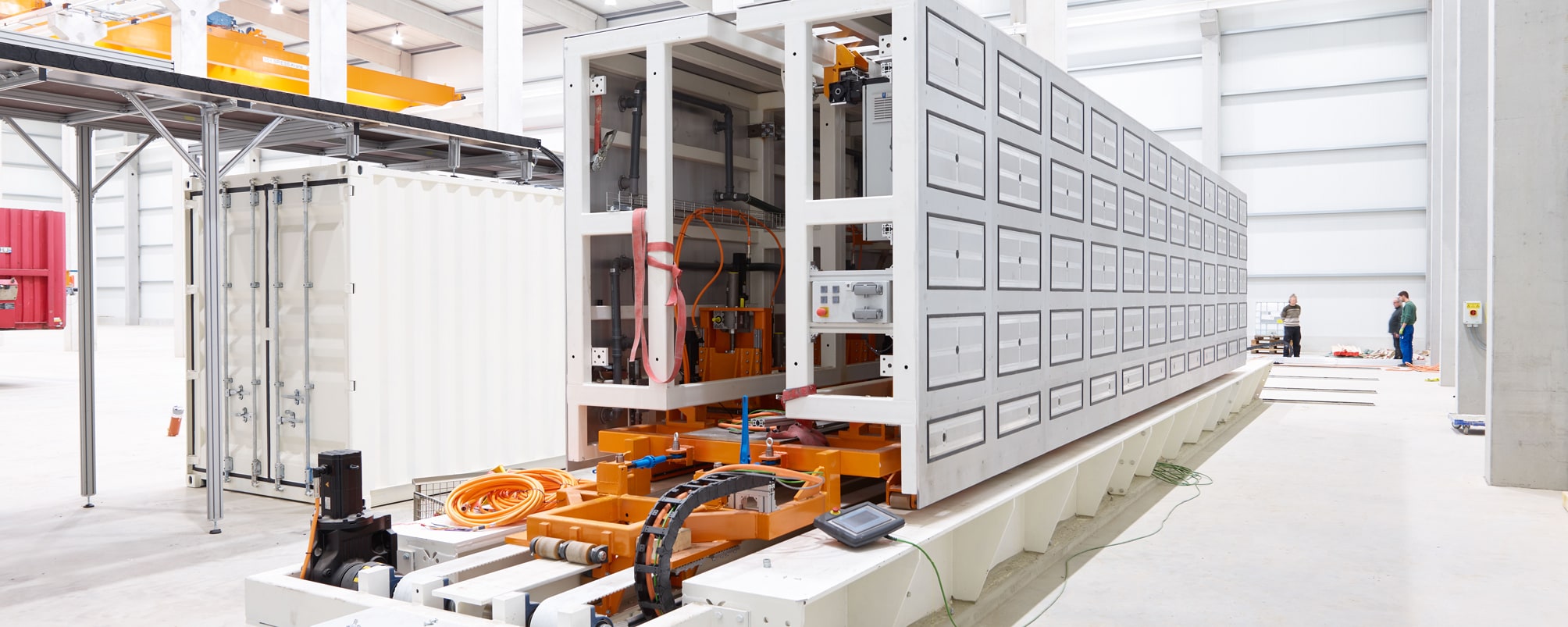
During the development of our manufacturing plant for insulating used freight containers, we always had one goal in mind: The sea freight containers were to be turned into building modules that not only comply with the prescribed requirements for modern construction but even exceed them. However, this also includes guaranteed consistently high quality, the ability to deliver large quantities within a short period of time, and the achievement of optimal structural-physical properties.
It takes only two hours
to get a module with slim high-tech insulation,
including wall construction,
ready for interior finishing.
After eight years of development and in collaboration with RWTH Aachen University, among others, we have achieved our goal. Our highly engineered plant, the heart of our company, converts sea freight containers into energy-efficient living spaces virtually on the production line.
All topics on innovation
High-performance insulation
Our unique technology enables machine-processed, monolithic, i.e. thermal bridge-free and compact full insulation from a single cast.
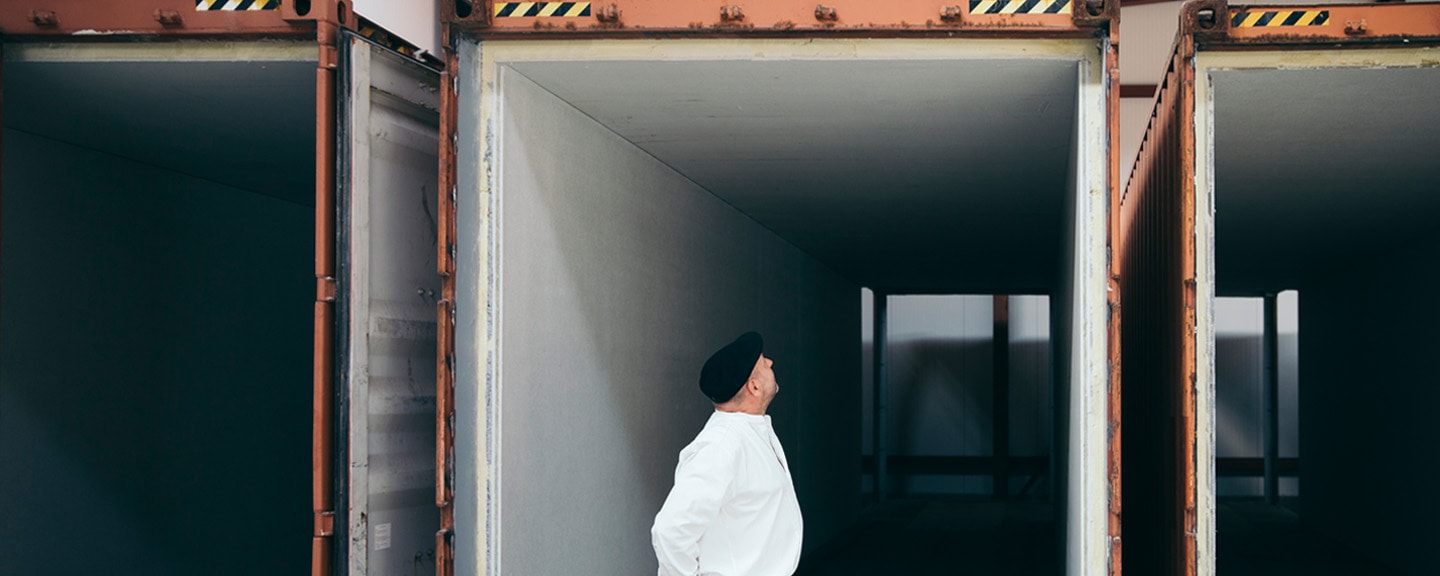
A fully automated, three-dimensional process, which has been patented several times, is used to place the high-performance insulating material polyurethane foam (PU foam) into the containers in our multi-unit manufacturing plant. Due to constant temperatures in the production halls and mechanical processing, quality fluctuations are excluded.
PU foam will be the high-performance insulating material of the future. It is easily recyclable, absolutely durable, does not lose its shape, nor can it collapse. It is resistant to heat and cold, highly flexible, and accommodates building movement without cracking. Our insulation is jointless, hermetic, and free of thermal bridges. While this may sound simple, it is the result of years of development work. We combine the outstanding properties of PU foam with industrial manufacturing and we are unrivaled in this! Optionally, we can even process PU foam that is made from 99 percent plant-based raw materials.
The advantages of our technology at a glance

Maximum interior space utilization
Thanks to the thin wall structure, our modules provide maximum living space width and height compared to manually insulated containers.

Energy efficiency
The monolithic high-performance insulation enables the best values for EnEV calculations.

Quick
Automated and weather-independent manufacturing enables short production times and the delivery of finished modules on a fixed date.

Thermal bridge free
Due to the monolithic insulation method, there are no thermal bridges, so the formation of condensation is excluded.

Constant quality
Due to machine manufacturing, we can guarantee a constant high quality.

High quantities
Due to the machine and serial manufacturing and the unlimited availability of used containers, high quantities are produced.
Industrial manufacturing
On more than 12,000 square meters of hall space and around 40,000 square meters of plant premises, we serially produce residential modules from sea freight containers.
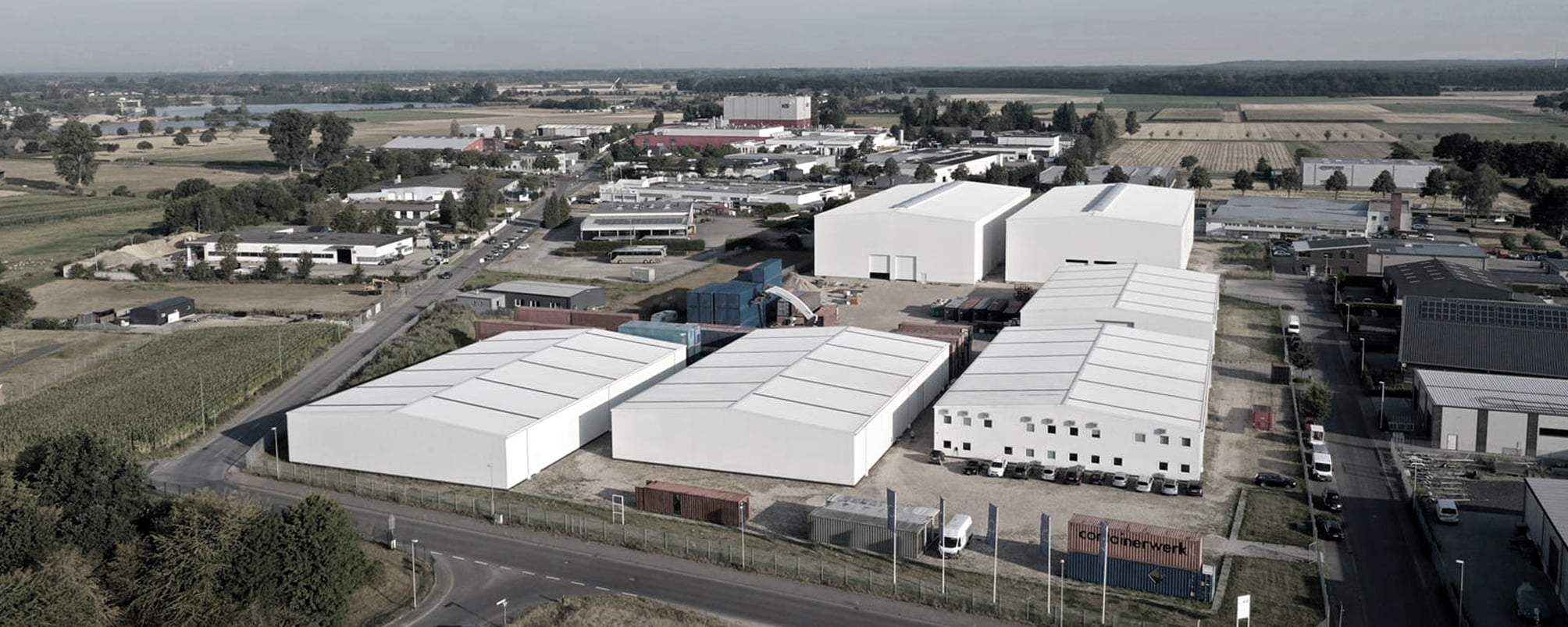
These automated manufacturing processes are similar in efficiency to manufacturing in the automotive industry. The ready-to-use room cells are neatly and quietly assembled into the finished modular building at the construction site. Due to the high degree of prefabrication, the construction time is significantly reduced compared to conventional construction.
Expansion for even more efficiency
In 2020, we expanded our plant premises in Wassenberg (NRW). In two new warehouse halls, up to 200 modules can now be removed at the same time, and capacities are up to 3,000 containers per year.
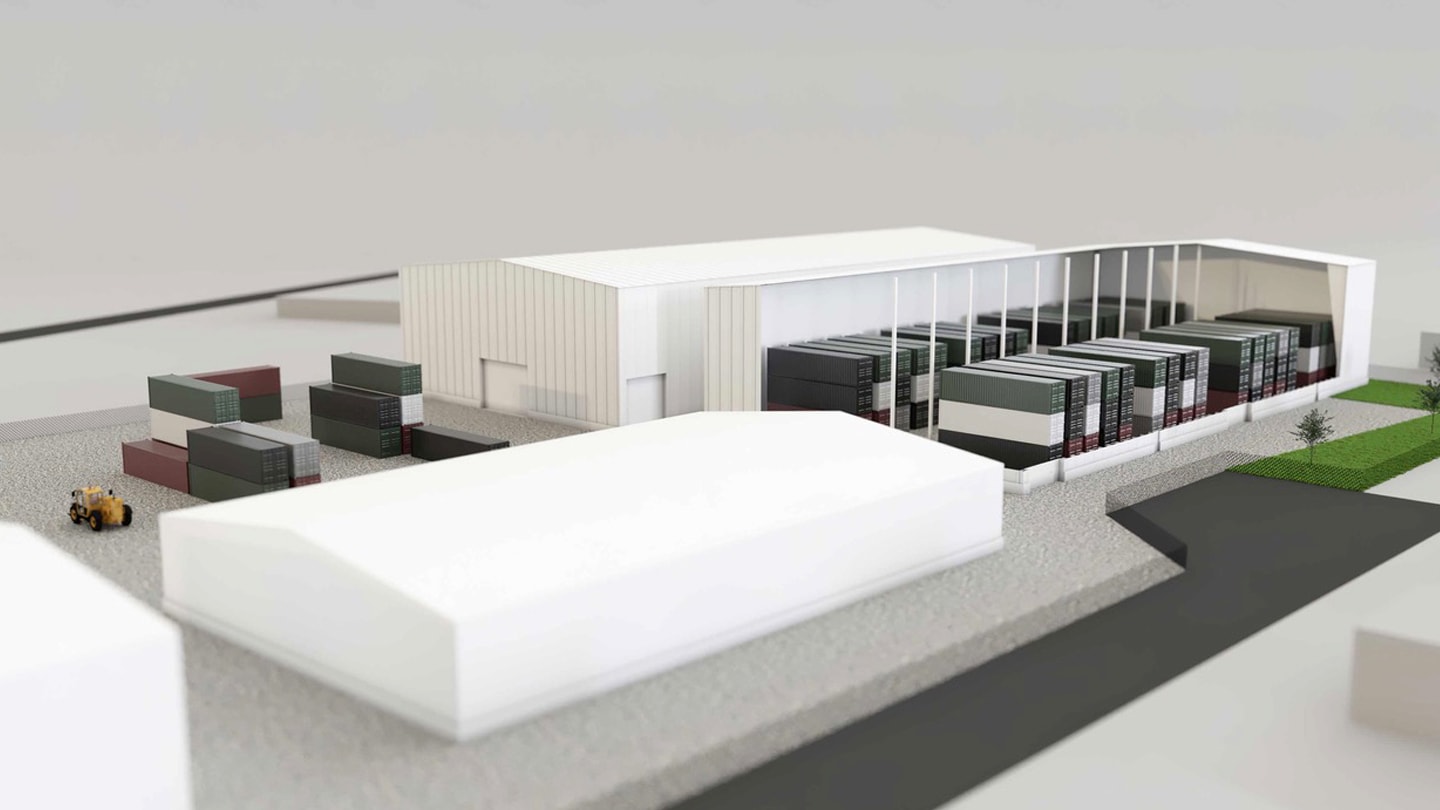
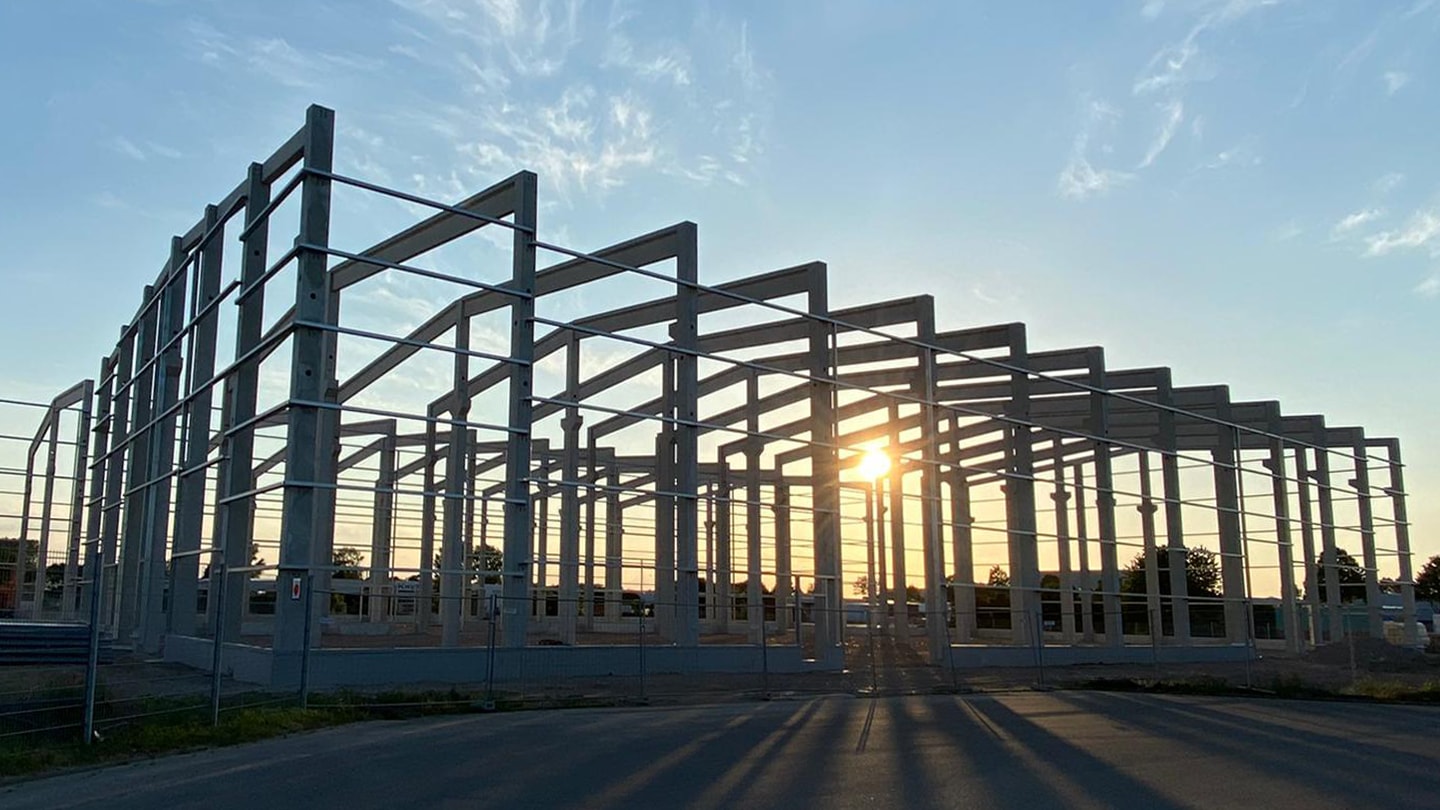
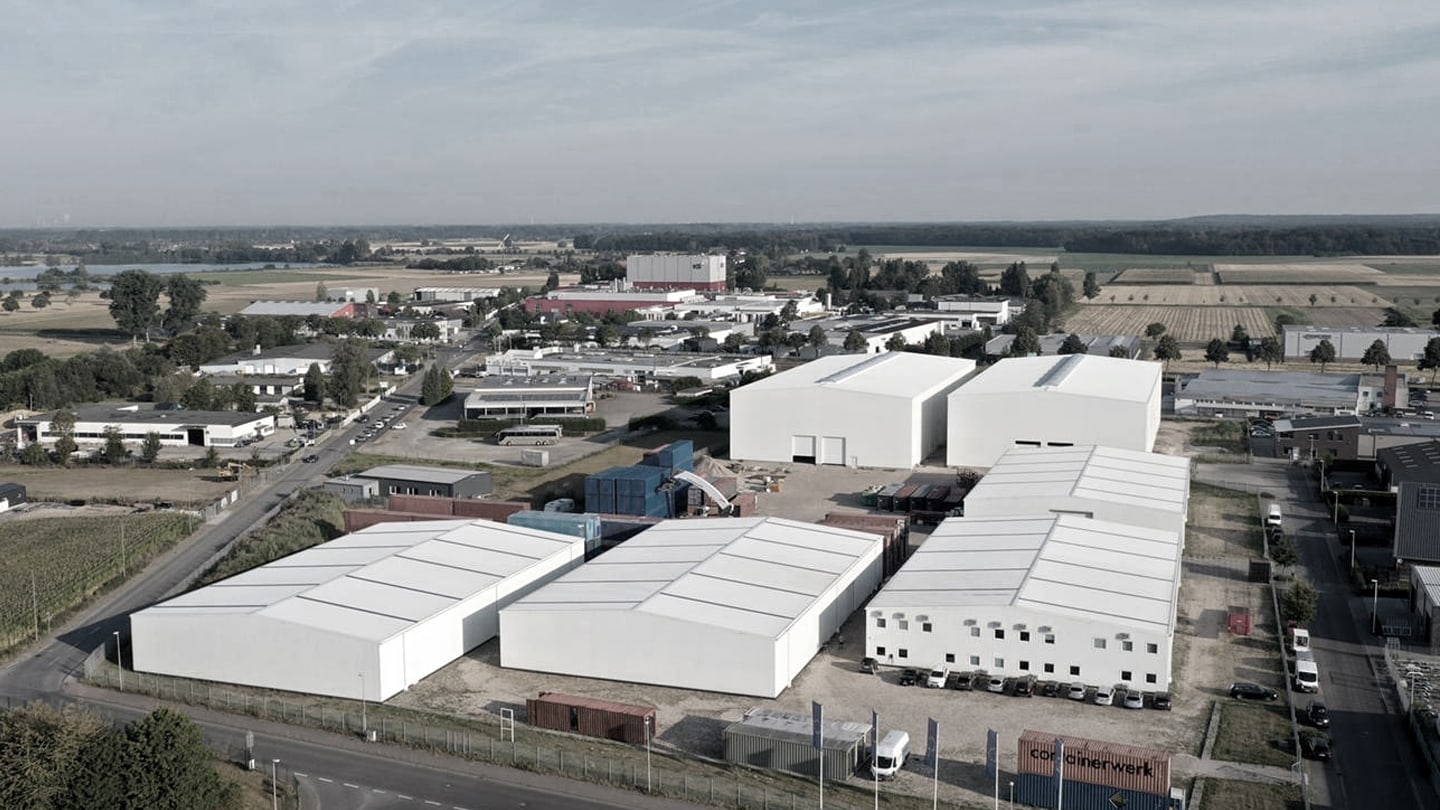
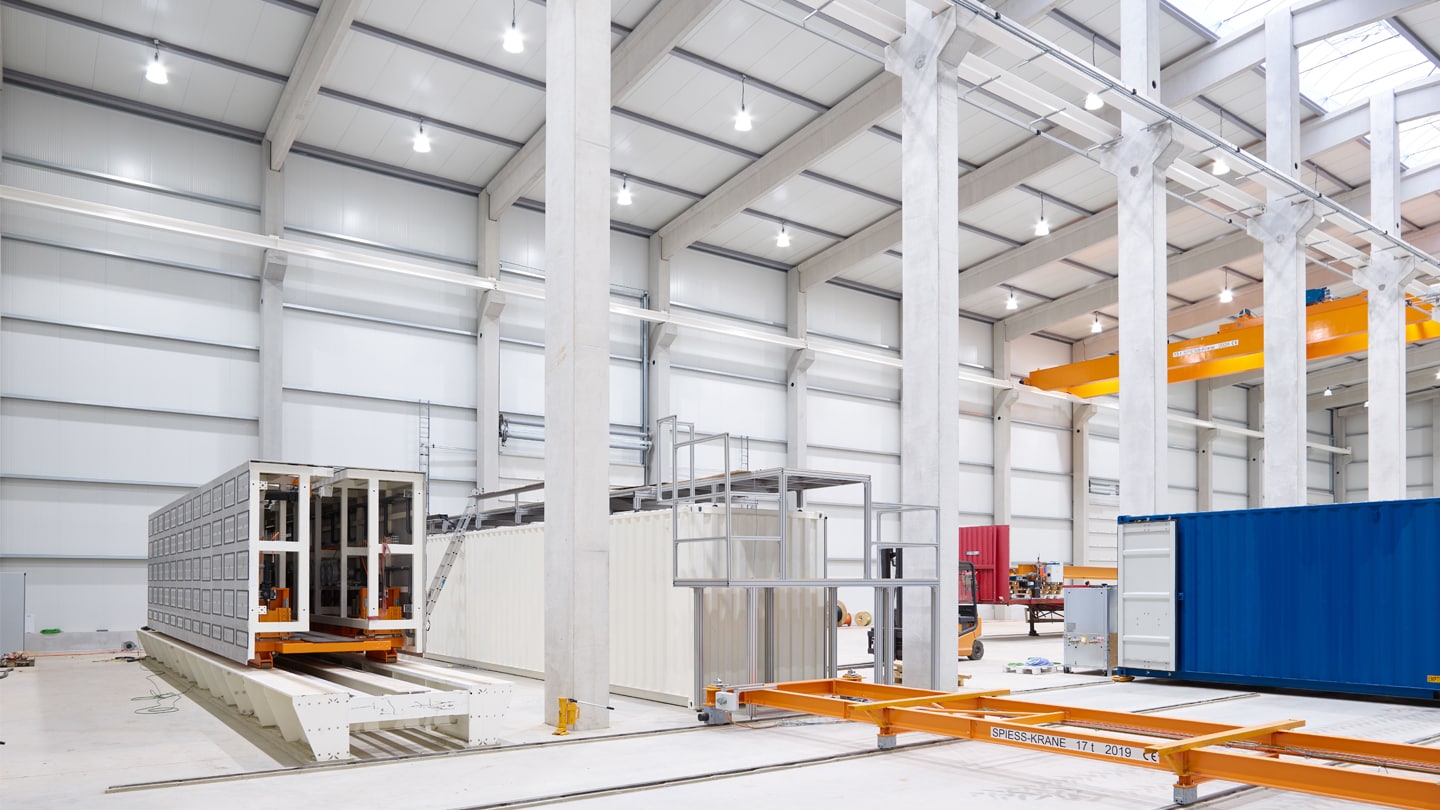
Engineering & Research
Containerwerk has its own development department with engineers of various specialties who are constantly working on the technical perfection of our products.
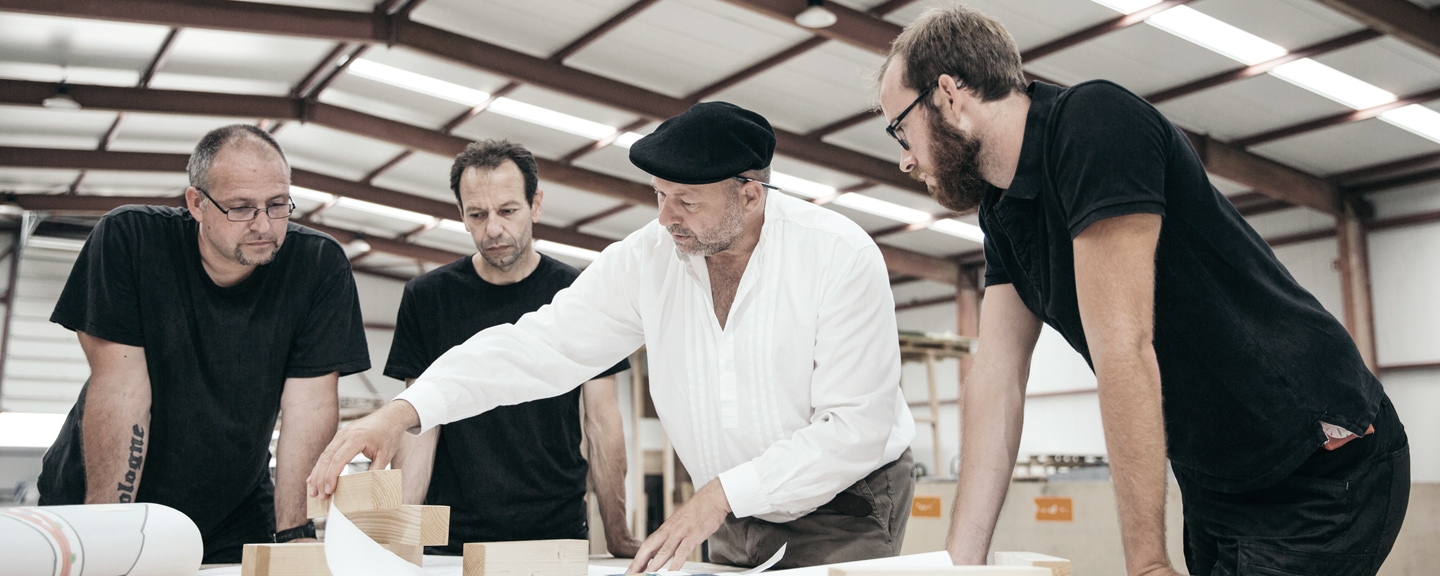
Due to our innovation, we were able to overcome the difficult physical boundary conditions of sea freight containers for the first time. Currently, for example, our attention is on the development of a heat pump optimized for the size of the containers for decentralized heating, cooling, and ventilation of our modules. Also, smart home solutions to optimize security, comfort, and energy efficiency of our space cells are part of our focus.
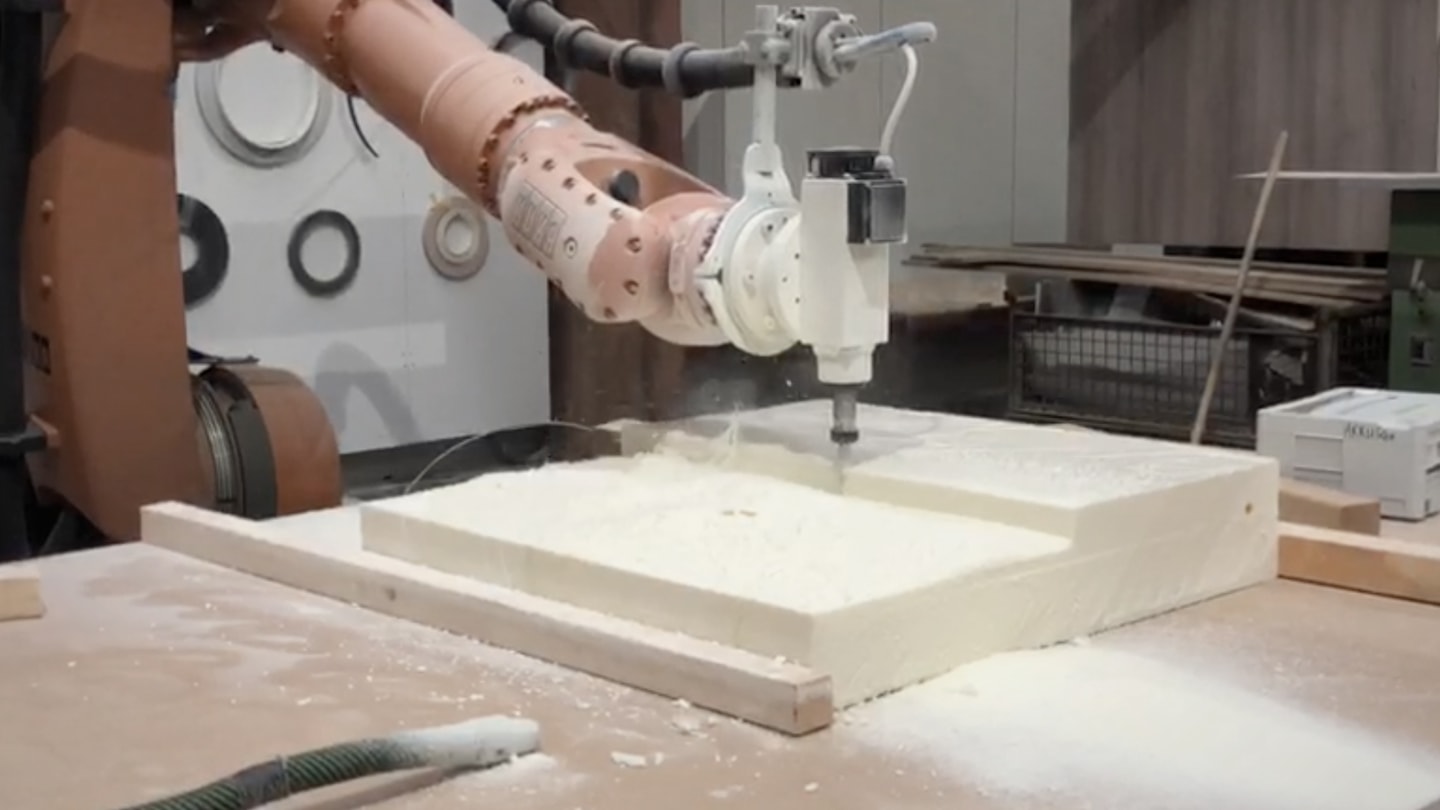
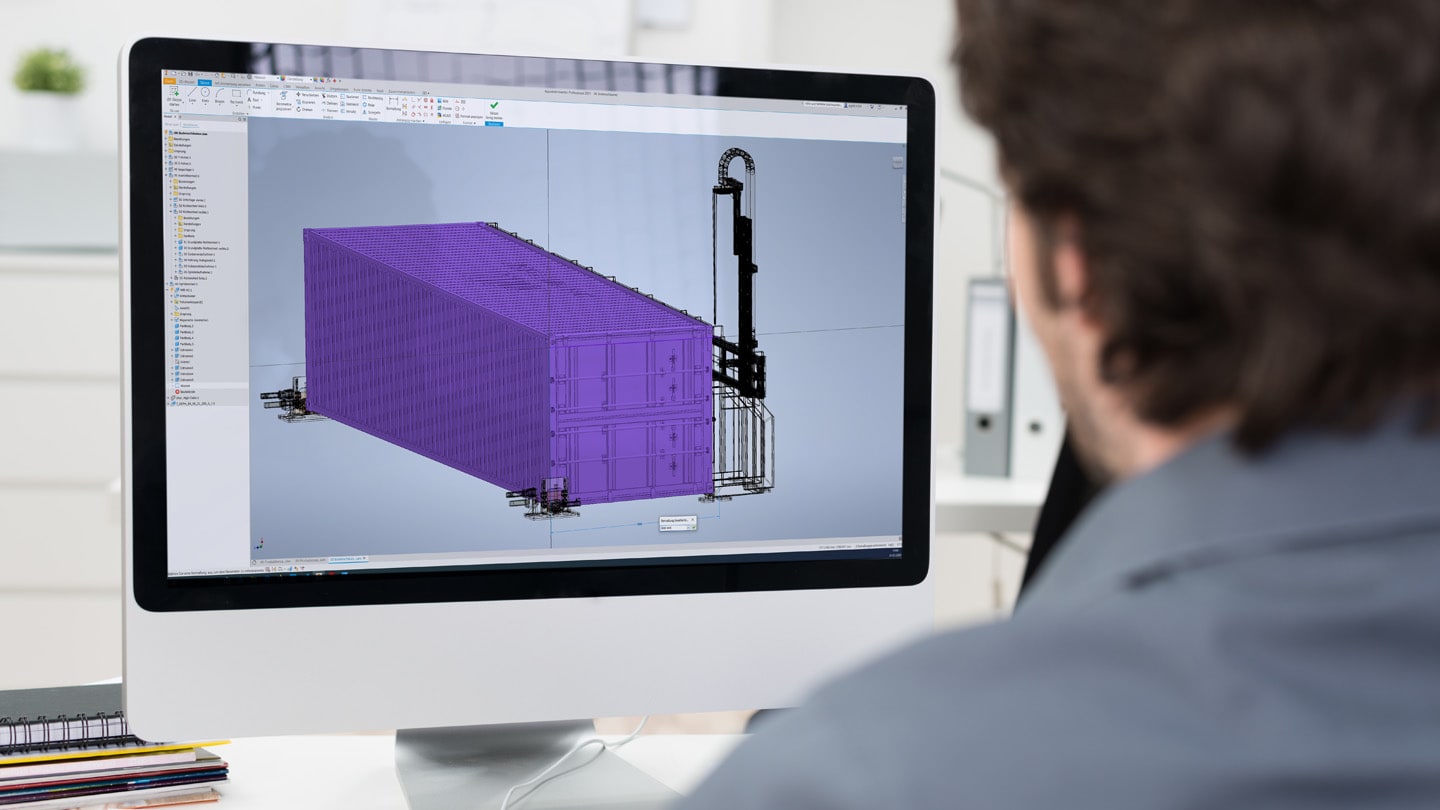
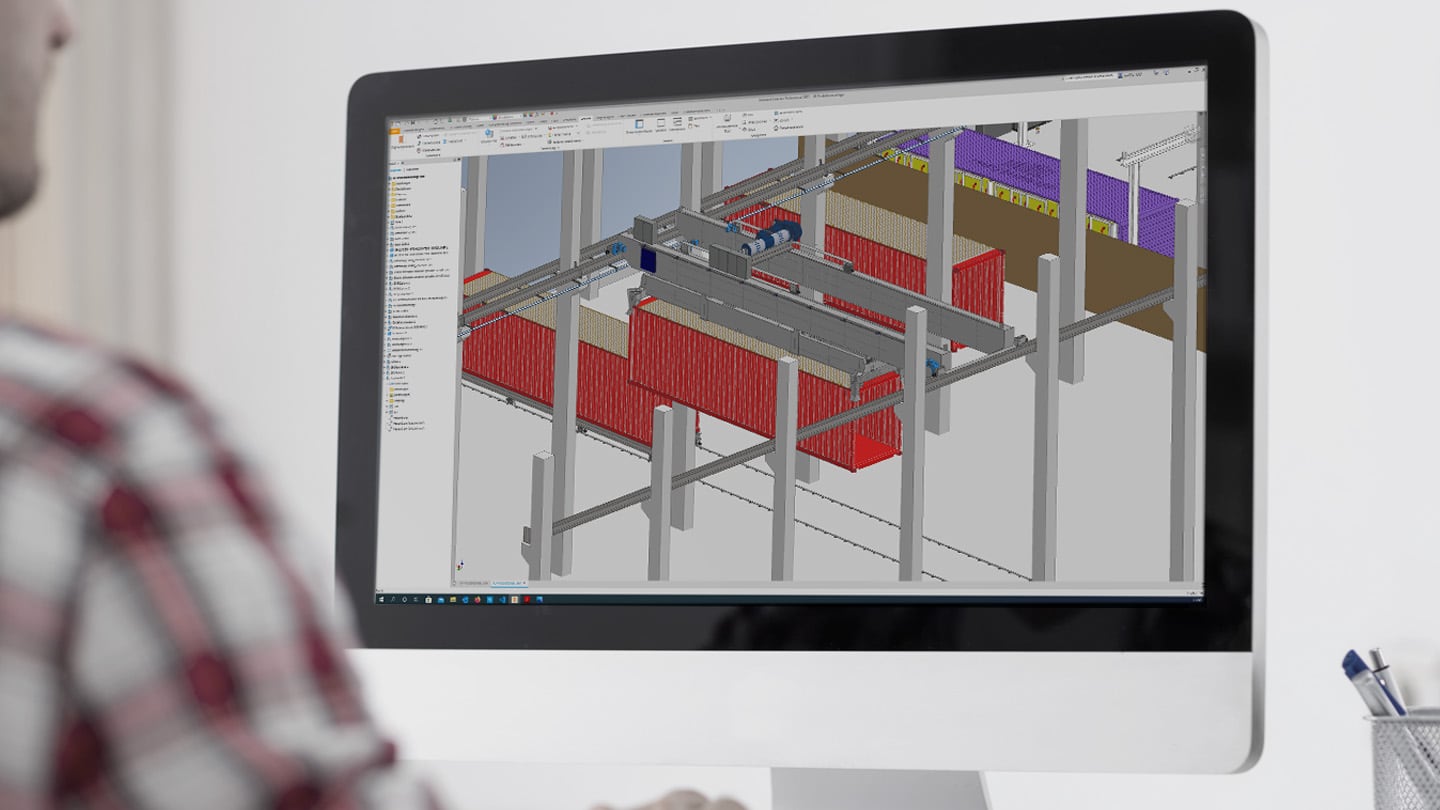
Research
Containerwerk is a member of the Research and Development Alliance of RWTH Aachen University. As a founding member of the modular construction cluster in the CBI, Containerwerk is working together with other modular builders, specialist planners, and authorities to develop an approval guide for modular buildings to streamline and shorten the approval process and thus guarantee planning security.


Furthermore, we are part of the consortium for sustainability in modular construction. This project is conducting an in-depth inventory and review of the current state of the art and research on the sustainability assessment of room cell buildings according to the UN Sustainable Development Goals.
Container hybrid construction
Site requirements for buildings are constantly changing, so the type of use should be flexible and scalable. That is why we have developed a system by which the Containerwerk space cells can be combined into a living building in a time-efficient and cost-effective manner.
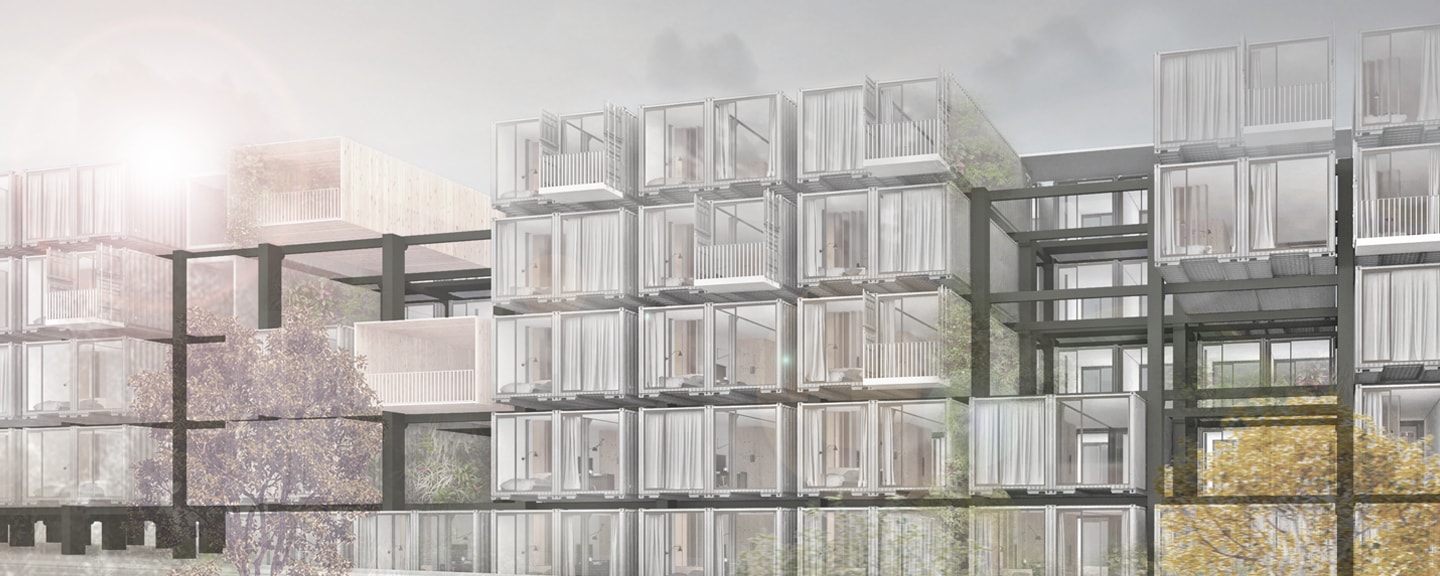
Together with specialist planners from the modular construction cluster at RWTH Aachen University, we have developed a system for container hybrid construction. Container space cells are inserted into a load-bearing grid of precast concrete elements and thus remain exchangeable and changeable. Additionally, there are decisive advantages concerning an accelerated approval procedure.
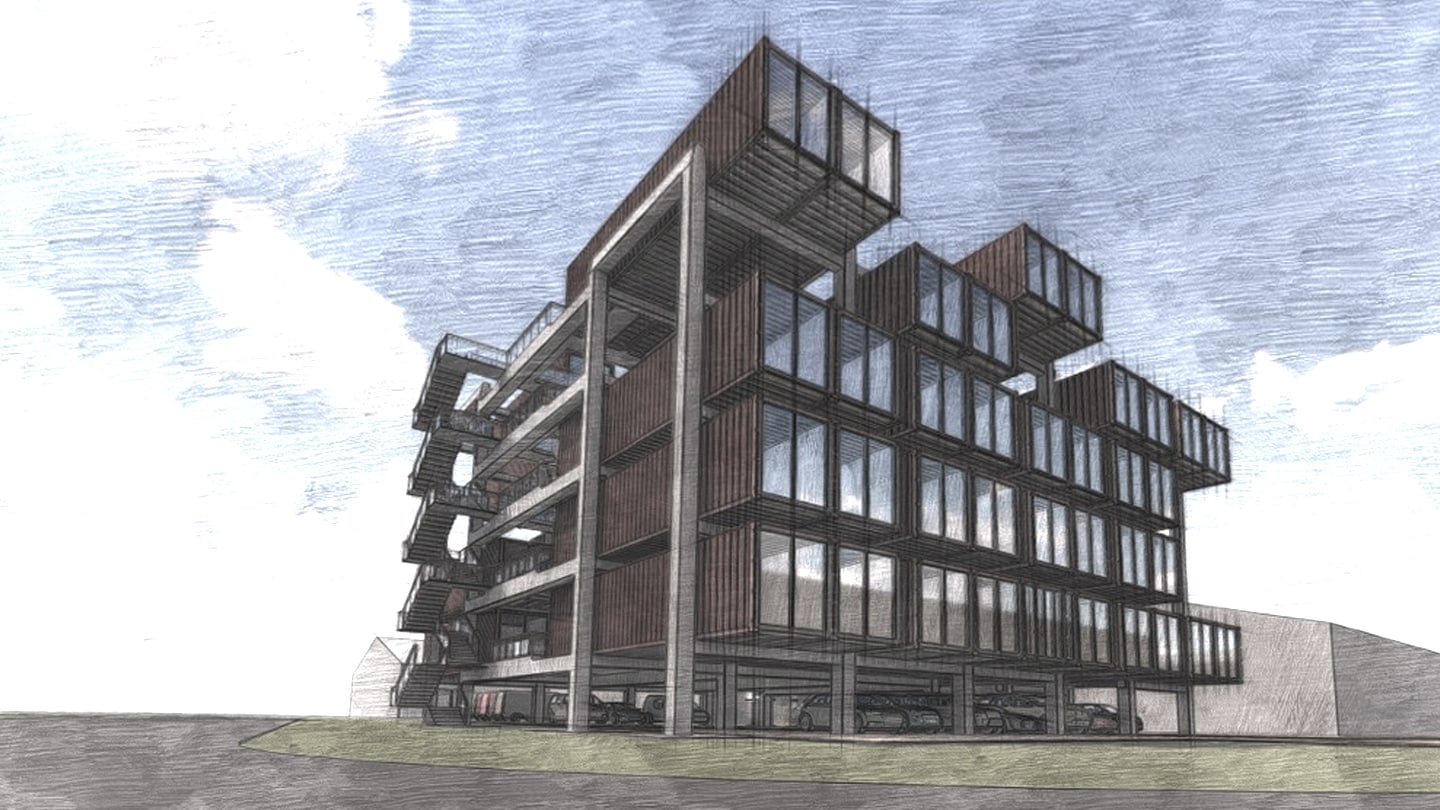
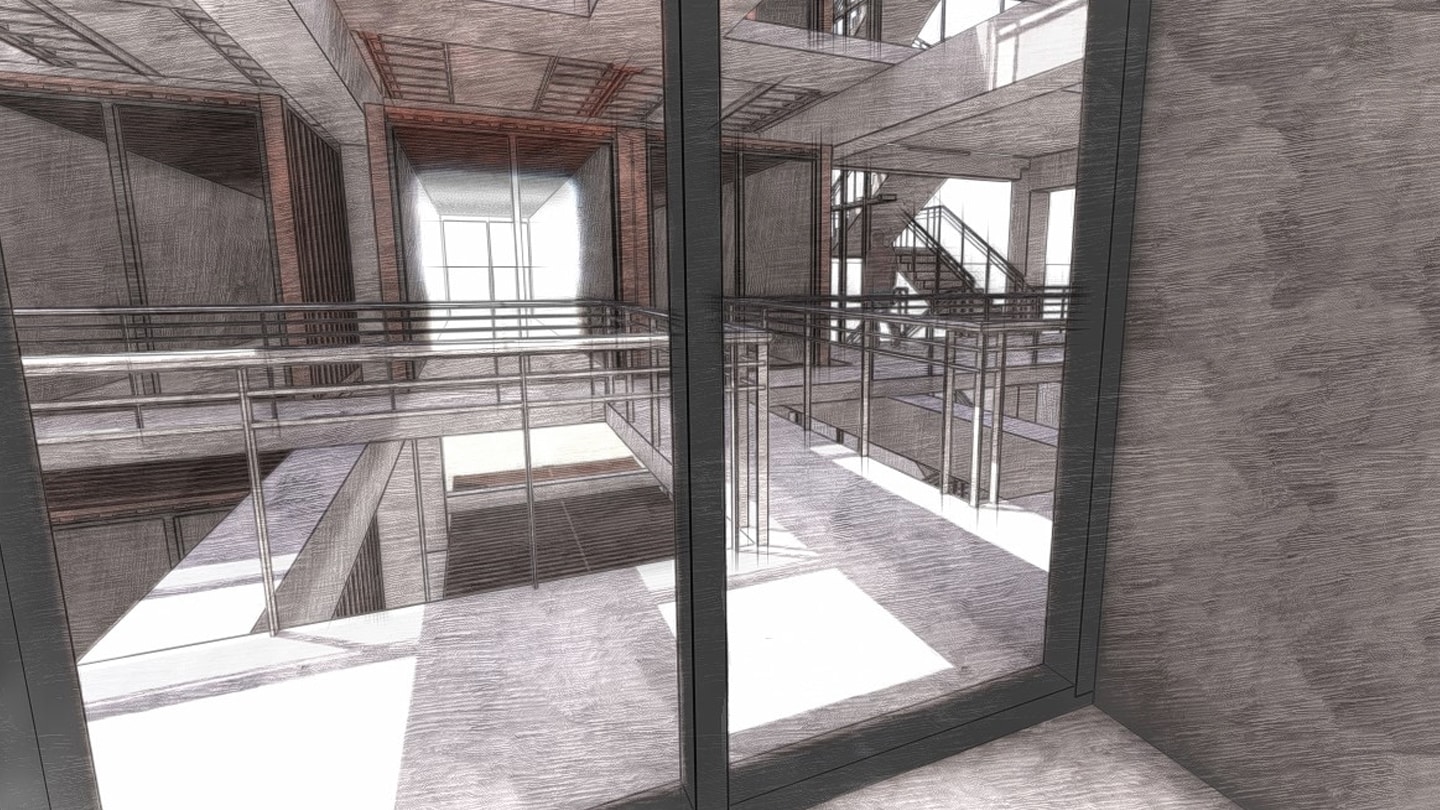
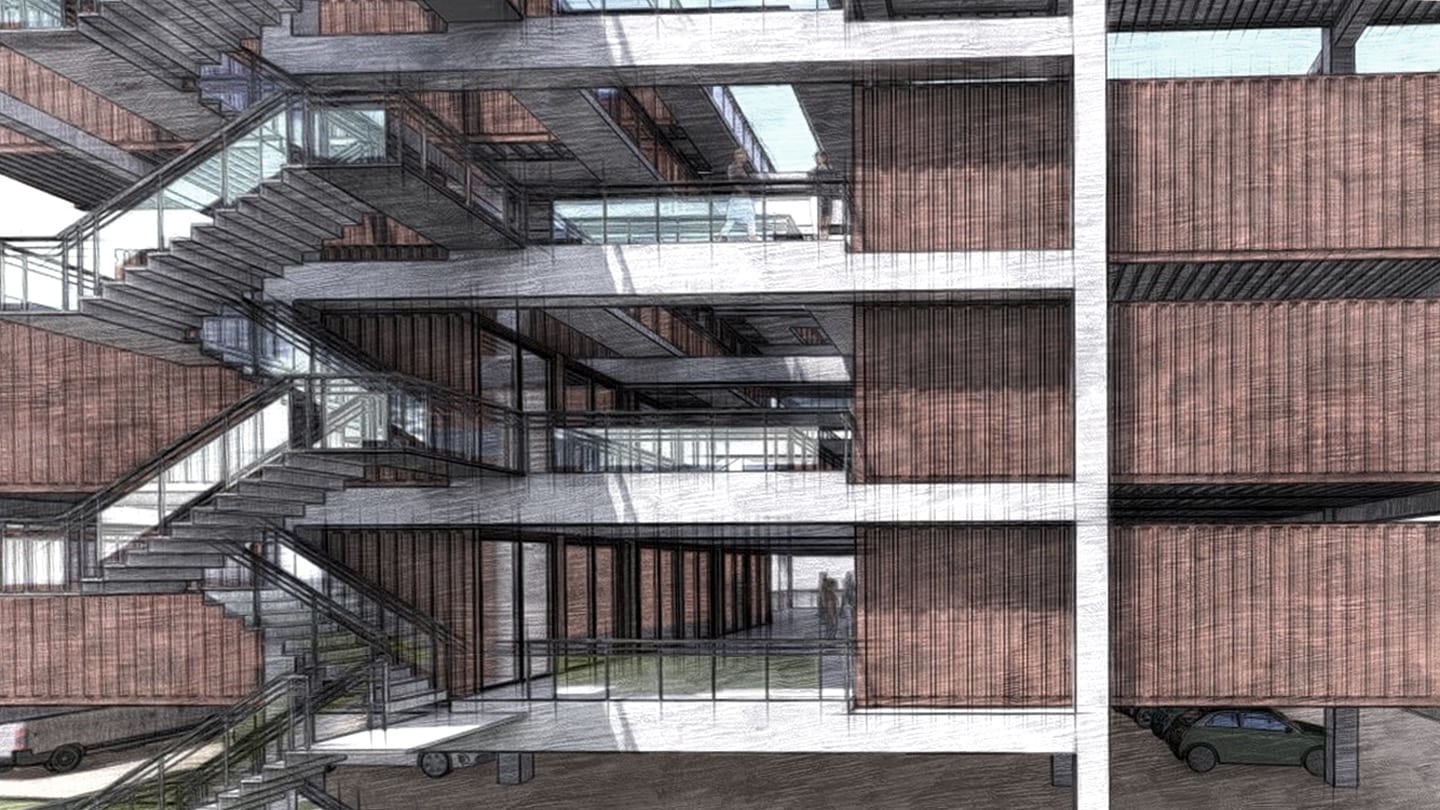
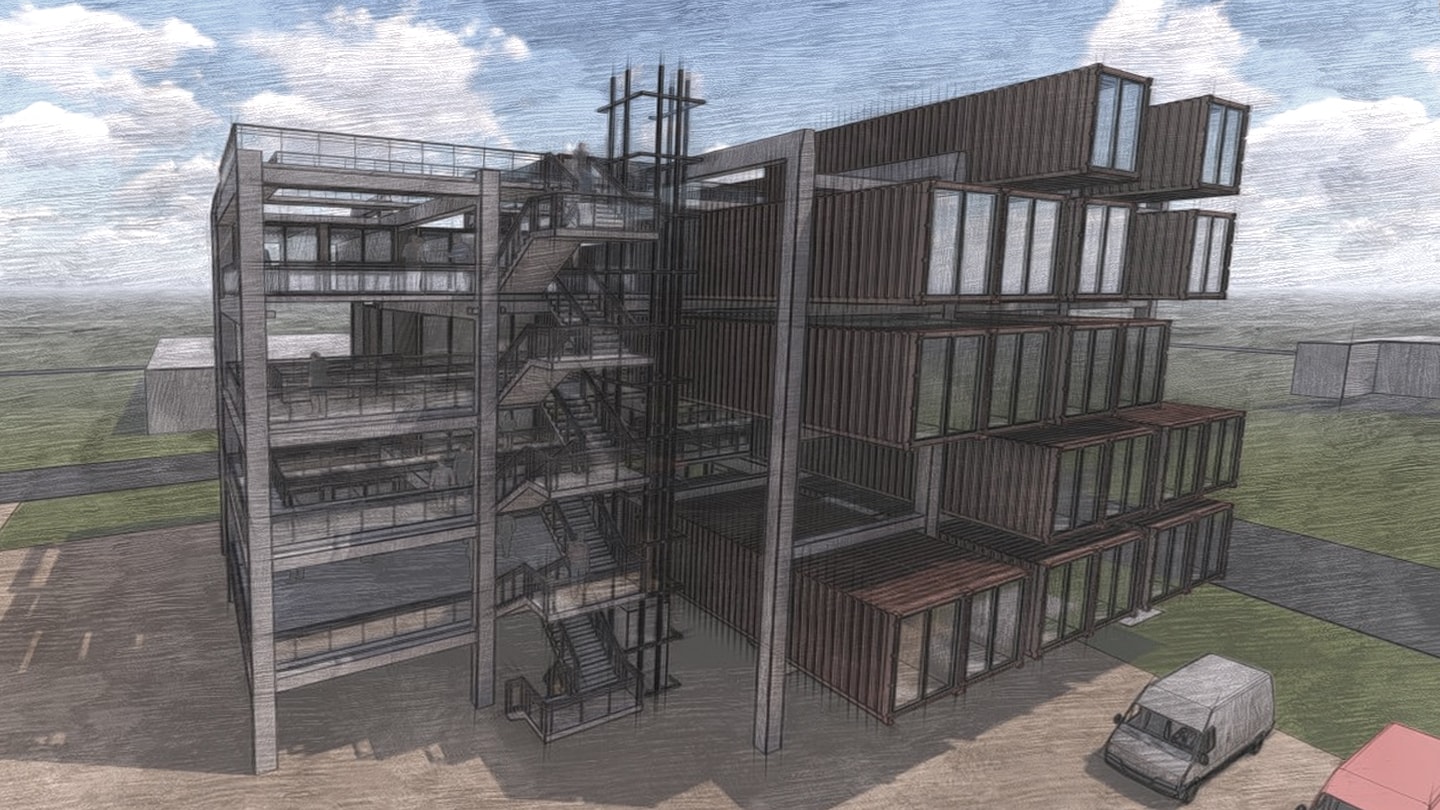
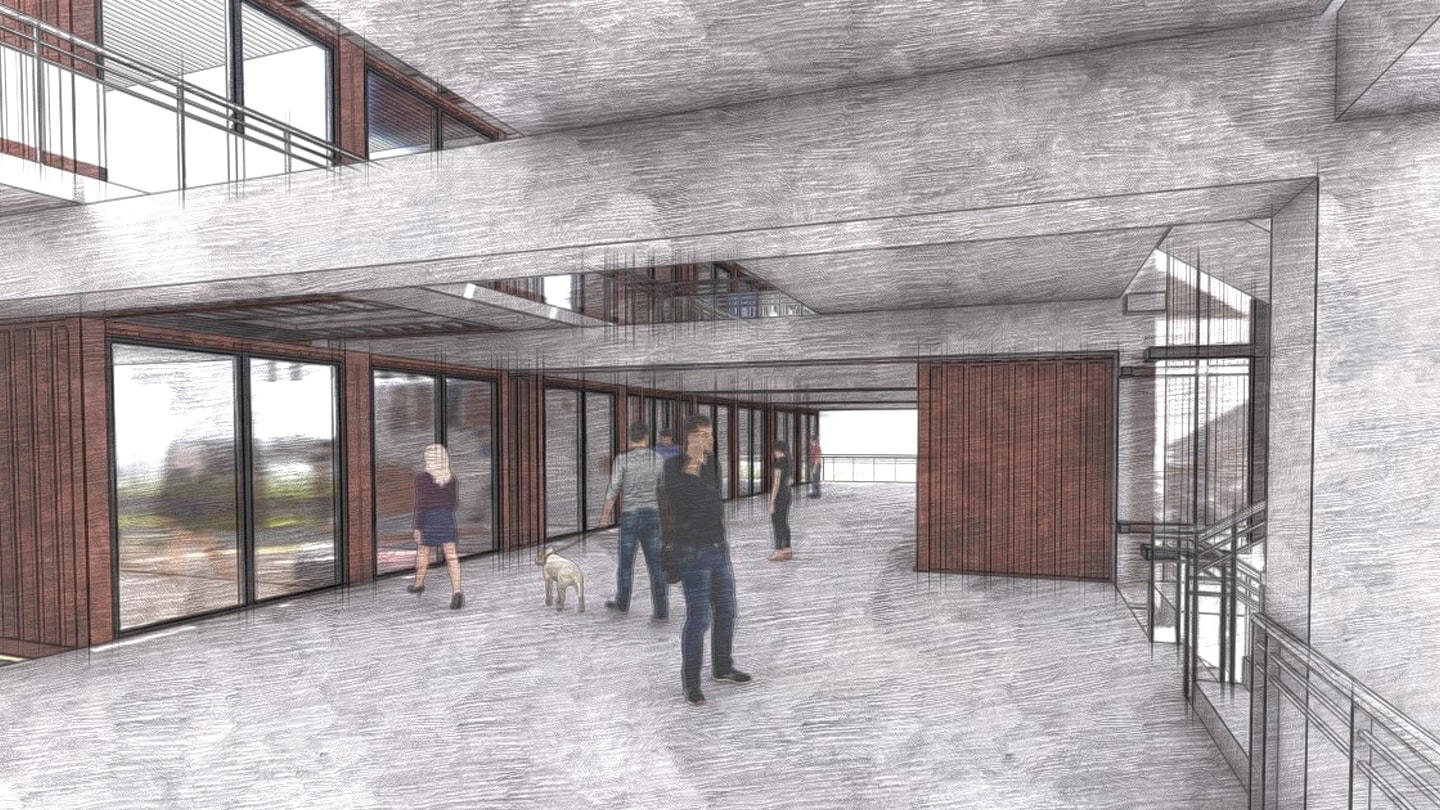
Advantages of container hybrid construction

Planning and cost certainty
Due to the industrial manufacturing of the room cells, each part is completely planned and executed in a controlled manner before the beginning of production. This ensures that construction times and cost schedules are adhered to.

Shortened approval procedures
Approval procedures can be greatly shortened by pre-certified components.

Convertible
Mixed-use (living and working) can be implemented optimally. The use can be converted by exchanging individual modules. Extensions, additions, deconstruction, and conversion are possible without any problems.
